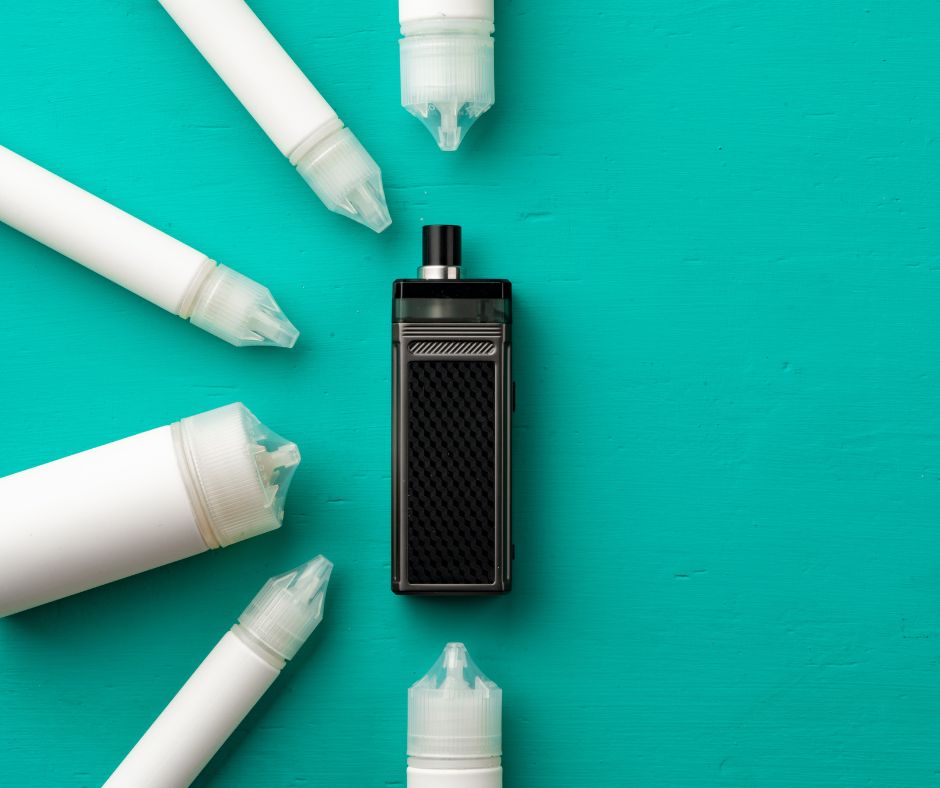The popularity of vape products as an alternative to traditional smoking has surged over the past decade. Marketed as a less harmful option, vaping appeals to smokers looking to quit and to a broader audience intrigued by its flavors and customizable devices. However, as vaping gains traction, questions about its long-term safety remain. This article explores the current scientific understanding, addressing the potential risks and benefits associated with prolonged use of vape products.
A Smoother Vaping Experience
IVG nic salts offer a refined vaping experience, catering to those who seek a smoother throat hit and faster nicotine satisfaction. Crafted with high-quality nicotine salts, these e-liquids provide a quicker absorption rate compared to traditional freebase nicotine, making them ideal for individuals looking to curb cravings more effectively. IVG nic salts are available in a variety of flavors, ranging from fruity blends to classic menthols, ensuring something for every preference. Their balanced formulation ensures a satisfying vape without the harshness often associated with higher nicotine levels, making them a popular choice among both new and seasoned vapers alike.
Revolutionizing Everyday Experiences
The Hayati Pro Max is a game-changer for those seeking cutting-edge technology combined with sleek design. This innovative device elevates performance, ensuring seamless multitasking and exceptional functionality. Whether you’re working, streaming, or gaming, the Hayati Pro Max adapts to your needs with its powerful features and intuitive interface. Its durable build and long-lasting battery make it a reliable companion for busy lifestyles. From vivid display quality to advanced connectivity options, every element is crafted to enhance the user experience. With the Hayati Pro Max, redefine how you interact with technology and enjoy a perfect blend of style and substance.
The Composition of Vape Products
1. E-Liquid Ingredients
E-liquids, the substance heated in vape devices, generally contain the following components:
- Nicotine: The addictive compound present in most e-liquids, varying in concentration.
- Propylene Glycol (PG) and Vegetable Glycerin (VG): Solvents used to create the vapor.
- Flavorings: Additives to enhance the taste, ranging from fruity to dessert-like.
- Contaminants: Trace amounts of heavy metals, formaldehyde, and other byproducts, especially in low-quality or counterfeit products.
2. Aerosol Production
When heated, e-liquids form an aerosol inhaled by users. This aerosol contains not just the primary ingredients but also new compounds created during the heating process, some of which may pose health risks.
Assessing Long-Term Safety
1. Respiratory Health
Potential Risks:
- Chronic Irritation: Prolonged exposure to vape aerosols can irritate the respiratory tract, leading to coughing or throat discomfort.
- Reduced Lung Function: Emerging studies suggest that heavy and long-term vaping may impair lung function, although the effects are less severe than those associated with smoking.
Uncertainties:
- Popcorn Lung: While concerns about diacetyl (a flavoring linked to bronchiolitis obliterans) have been raised, most reputable e-liquid manufacturers avoid this chemical. However, monitoring is ongoing.
2. Cardiovascular Effects
Potential Risks:
- Nicotine’s Role: Nicotine increases heart rate and blood pressure, potentially exacerbating cardiovascular issues over time.
- Oxidative Stress and Inflammation: Aerosols may contribute to oxidative stress, a known factor in cardiovascular disease.
Research Gaps:
- Long-term epidemiological studies are needed to understand whether vaping significantly increases cardiovascular risks compared to non-use.
3. Cancer Risks
Known Carcinogens:
- While vaping eliminates many harmful substances found in cigarette smoke, it is not free of carcinogens. Trace amounts of formaldehyde, acetaldehyde, and nitrosamines have been detected in vape aerosols.
Uncertainties:
- Cancer typically develops over decades, making it difficult to assess the true impact of vaping until more long-term data is available.
4. Oral Health
Potential Risks:
- Gum Inflammation: Nicotine and aerosol components can contribute to gum irritation and inflammation.
- Dry Mouth: PG in e-liquids can cause dry mouth, increasing the risk of cavities and bad breath.
Benefits of Vaping Compared to Smoking
1. Harm Reduction
For current smokers, switching to vaping reduces exposure to harmful substances like tar and carbon monoxide, significantly decreasing the risks of lung cancer, heart disease, and chronic obstructive pulmonary disease (COPD).
2. Smoking Cessation
Vaping has been shown to help some individuals quit smoking. Studies indicate that e-cigarettes may be more effective than traditional nicotine replacement therapies for certain users.
Concerns About Prolonged Use
1. Addiction Potential
Nicotine dependence remains a significant concern. While vaping can reduce harm for smokers, prolonged use among non-smokers or those who have quit smoking raises questions about sustained addiction.
2. Youth and Non-Smoker Uptake
Flavored e-liquids and marketing campaigns have contributed to increased vaping among youth and non-smokers. Long-term use in these populations introduces avoidable risks.
3. Device Safety
- Battery Malfunctions: Explosions or overheating incidents, though rare, highlight safety risks associated with poorly designed devices.
- Counterfeit Products: Unregulated or counterfeit vape products often contain higher levels of harmful substances.
Regulatory and Scientific Developments
1. Policy Measures
Governments worldwide are implementing measures to address potential long-term risks, including:
- Bans on flavored e-liquids to reduce youth appeal.
- Stricter quality control for e-liquid ingredients and device safety.
- Age restrictions to limit access among minors.
2. Ongoing Research
Funding for longitudinal studies is crucial to answer unresolved questions about vaping’s long-term safety. Areas of focus include:
- Comprehensive comparisons of health outcomes between vapers, smokers, and non-users.
- Assessing the effects of chronic exposure to vaping aerosols.
Conclusion
While vaping presents fewer risks than smoking, it is not entirely safe for long-term use. Health concerns, including respiratory issues, cardiovascular effects, and potential carcinogenic risks, highlight the need for caution, especially among non-smokers and youth. For smokers seeking a less harmful alternative, vaping may offer a viable path to quitting, but its prolonged use should be approached with awareness of potential health implications. Ongoing research and regulation will play a critical role in determining the place of vape products in public health strategies.







